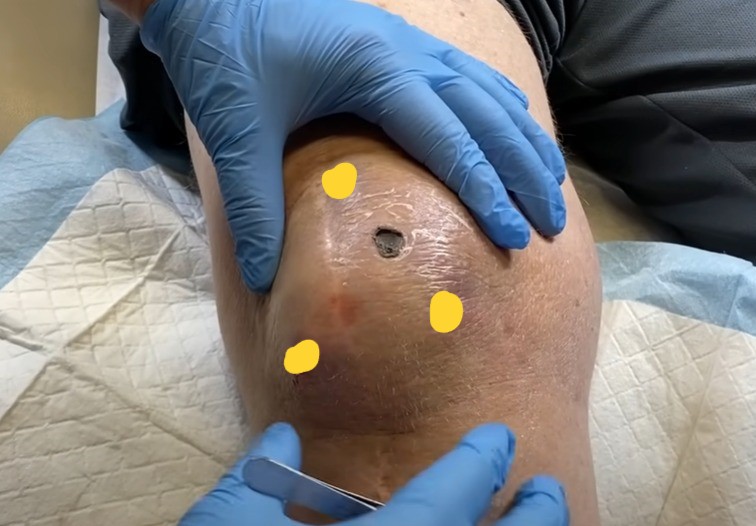
Blackheads and whiteheads are both types of comedones, which are clogged hair follicles. The main difference between them lies in whether or not the pore is open or closed. Blackheads, also known as open comedones, occur when the pore remains open and the sebum and dead skin cells oxidize, giving them their characteristic dark color. Whiteheads, on the other hand, are closed comedones where the pore is closed and the sebum and dead skin cells remain trapped beneath the surface of the skin.
Blackheads are typically more visible than whiteheads due to their dark color. They often appear on areas of the face that have a higher concentration of oil glands, such as the nose, forehead, and chin. Whiteheads, on the other hand, may be less noticeable as they are not exposed to air and do not oxidize like blackheads do.
The Dangers of Popping: Why It’s Important to Do It Right
While it may be tempting to pop blackheads and whiteheads on your own, it is important to do it right in order to avoid potential risks and complications. Improper popping can lead to scarring, infection, and further inflammation of the skin. When you squeeze or pick at a blemish, you can push the bacteria and debris deeper into the skin, causing more harm than good.
Popping a blemish with dirty hands or using unsterilized tools can introduce bacteria into the skin, leading to infection. This can result in redness, swelling, and even pus-filled pimples. Additionally, aggressive popping can cause trauma to the skin, resulting in scarring. It is important to approach extraction with gentle and hygienic techniques to minimize these risks.
Before attempting to pop blackheads or whiteheads, it is important to properly prep your skin. This will help soften the blemish and make it easier to extract without causing damage to the surrounding skin.
Start by cleansing your face with a gentle cleanser to remove any dirt, oil, and makeup. This will ensure that the area is clean and free from any potential irritants. Exfoliating the skin with a mild exfoliant can also help remove dead skin cells and unclog pores, making it easier to extract the blemish.
Using a warm compress on the affected area can help soften the blemish and open up the pores. Simply soak a clean washcloth in warm water and apply it to the blemish for a few minutes. This will help loosen the debris trapped inside the pore, making it easier to extract.
It is also important to avoid using harsh products or treatments on your skin before popping. This includes strong exfoliants, retinoids, or chemical peels. These treatments can make your skin more sensitive and increase the risk of irritation or damage during extraction.
The Tools You Need: A Guide to Safe Extraction
Having the right tools for safe extraction is essential in order to minimize damage to the skin. There are several tools available that can help with the extraction process.
One of the most commonly used tools for extraction is a comedone extractor. This tool has a small loop or spoon-shaped end that can be used to apply gentle pressure around the blemish and extract the contents. It is important to choose a high-quality stainless steel extractor and to sterilize it before and after each use to prevent the spread of bacteria.
If you do not have a comedone extractor, you can also use clean fingers or cotton swabs to gently apply pressure around the blemish. However, it is important to make sure your hands are clean and that you do not apply too much pressure, as this can cause damage to the skin.